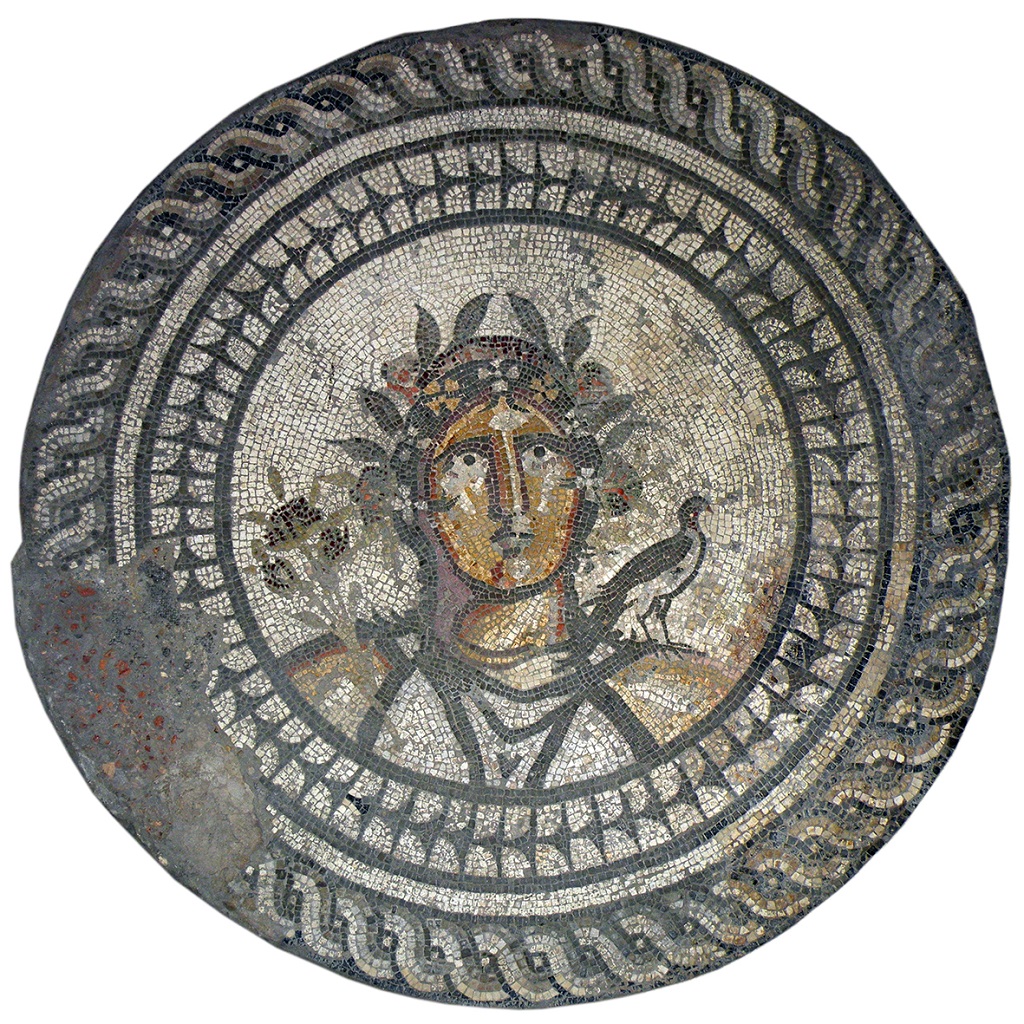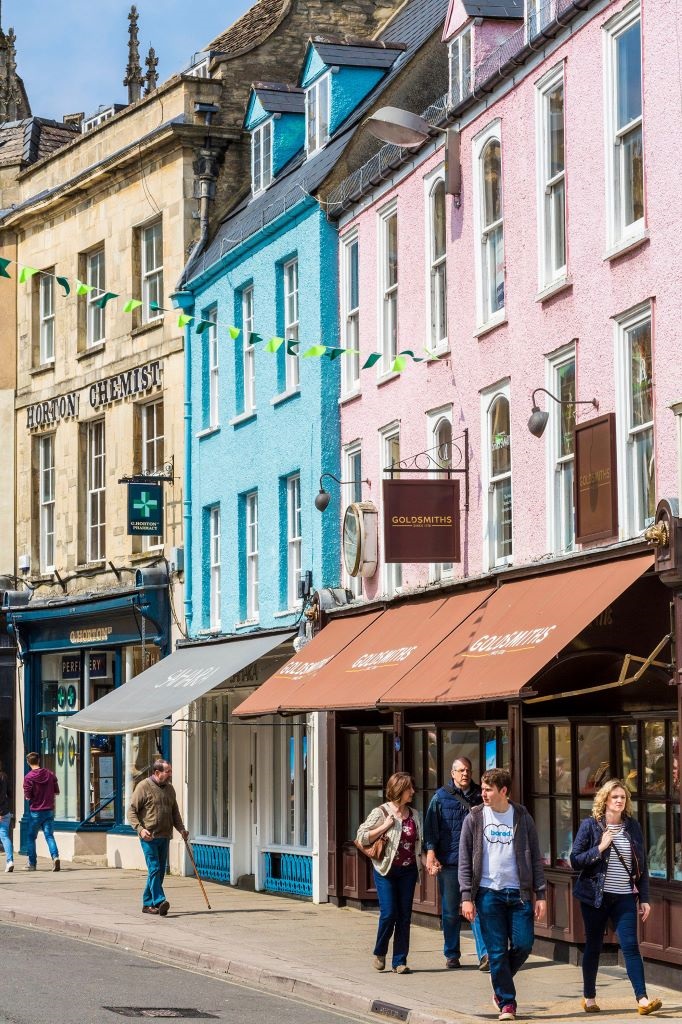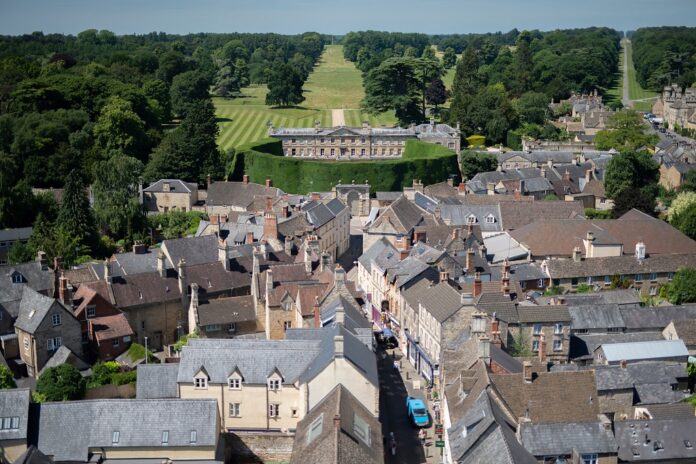Known as the Capital of the Cotswolds, Cirencester is a beguiling introduction to the delights of the wider region
Cirencester began life as Corinium Dobunnorum, a Roman city whose 2nd-century walls encompassed the second-largest area of any in Britain at the time. Almost 20 centuries later, the most panoramic window into its past can be found at the Corinium Museum, whose new interactive galleries will open imminently – pandemic allowing – following six years and a £1.87-million investment from the National Lottery Heritage Fund, sponsorships and donations. It showcases the history of the Cotswolds, starting with the hunter-gatherers of the Stone Age, who settled here 700,000 years ago, and continuing through the Neolithic, Bronze and Iron Ages to the early Roman period.
One part of the museum’s extensive collection, though, has being reliably drawing the crowds for well over a century. The building of the first Corinium Museum was funded by the 4th Earl Bathurst to house two mosaics, some of the finest Roman survivals in Britain, which were discovered in 1849 during sewerage works in the town.

The Bathurst family have contributed to modern-day Cirencester in more prominent ways too. It was the first earl who laid out the now Grade I-listed Cirencester Park. The estate comprises 15,000 acres and was partially designed by poet and landscape gardener, Alexander Pope. Venturing away from its structured heart, rolling farmland offers you the chance to see the Cotswold countryside while staying in town, and new walking routes outline the best waymarked footpaths.
What you might not expect to find here are five life-sized model elephants, at home in the grounds since October 2020, when Lady Bathurst, chatelaine of Cirencester Park, agreed to adopt them from Camilla, the Duchess of Cornwall, who sought temporary homes for the 125-strong herd as part of an environmental art campaign. You can round off your surprisingly exotic excursion with a coffee from ‘Beano in the Park’ – Lady Bathurst’s horsebox-turned-café.
With Cirencester’s ancient history and rural roots covered, the cosmopolitan sights call. Whispering between the walls of humble former homes and unassuming streets, it can be easy to walk right through ghosts of Cirencester’s medieval, Georgian or Victorian past without realising it. This is where the town’s Civic Society can help. For a small donation, volunteers lead 70-minute town walks, or you can complete a self-guided trail of plaques.

The blue and purple signs indicate a range of relics, such as the 17th-century Fleece Inn on the Market Place, which from the turn of the 20th century onwards housed the workshop of Ernest Gimson and Ernest Barnsley, architects, designers and members of the Arts & Crafts movement. Previously the Sun Inn, it was also the place where the future King Charles II, fleeing after his defeat by Oliver Cromwell in 1651, got a few nights’ kip disguised as manservant Will Jackson. And that’s just one plaque!
A building you can’t miss is the stunning medieval Parish Church of St John Baptist, a place of worship for more than 1,000 years, which is more cathedral-like with its elaborate fan-vaulted ceilings and airy proportions.
The church’s intricate south porch provides the backdrop to Cirencester’s many markets. On Mondays and Fridays you will encounter its famous Charter Market, mentioned in the Domesday Book. Now there are also twice monthly farmers’ and arts and crafts markets, as well as a popular Christmas market.
From Cirencester, all the charms of the Cotswolds are at your fingertips, and garden-lovers in particular will find the wider area a delight. A short drive southwest brings you to the enchanting Westonbirt Arboretum, one of the finest collections of trees in the world.
A little east, the Abbey House Gardens are stunning, with knot and herb gardens, ancient ponds and over 2,000 different roses. Nearby Rodmarton Manor has a series of garden rooms, with some humorous topiary and a stunning display of snowdrops: a breathtaking sight in February.
North of Cirencester is Colesbourne Park, which boasts England’s greatest snowdrop garden, with over 300 varieties. Nearby, another romantic spot for its masses of snowdrops is Cerney House Gardens, a magically rambling space set within a Victorian walled garden. Further east, complete your garden tour at Rousham House & Garden, whose landscaped gardens, laid out by William Kent in the 18th century, are charmingly dotted with Longhorn cattle.
Getting there and around
Kemble is the nearest station and trains travel here directly from London taking about 1hr 15min. Bus no. 882 runs from Kemble into town about every hour, taking about 20min. Cirencester’s Civic Society lead daily town walks from April to October, or you can book a private tour online. www.thetrainline.com; www.bustimes.org; www.ccsoc.org.uk
Eat, drink, sleep
Located on a quiet residential street near the Market Place and church, the Corinium Hotel is a former Elizabethan wool merchant’s house with 15 characterful rooms. For a light lunch in town, head to New Brewery Arts, where you can also browse and buy works by independent artists, makers and designers, from jewellery to homeware.
And to experience the roaring fire and friendly hospitality of a classic Cotswolds country pub, book a table at the four-star Crown Inn, a 15-minute drive away in the village of Frampton Mansell. www.coriniumhotel.com; www.newbreweryarts.org.uk; www.thecrowninn-cotswolds.co.uk






 © 2024
© 2024